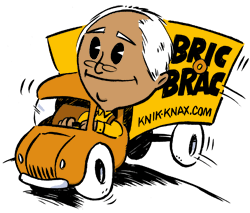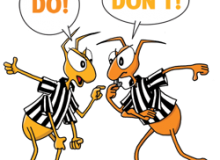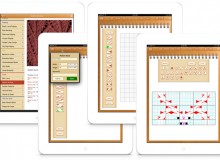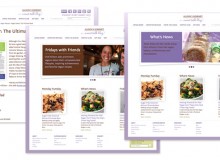 If you feel lukewarm about trade shows, then you’ll likely fail. Trade show success is about passion, preparation and commitment. Showing up isn’t enough. You need enthusiasm and know how to get the most from your investment.
If you feel lukewarm about trade shows, then you’ll likely fail. Trade show success is about passion, preparation and commitment. Showing up isn’t enough. You need enthusiasm and know how to get the most from your investment.
Trade shows aren’t easy. But they do present a unique opportunity to gain face-to-face exposure with a target audience. That’s important considering how removed most marketers are from the actual buyer as we:
- Depend on websites and email.
- Make fewer onsite sales calls.
- Outsource customer service to foreign countries.
- Install automated call handling and other screens.
- Migrate toward self-service.
Exhibiting provides a good reality check. People don’t stop if you have nothing to say. And a show provides a rare opportunity to get feedback that will help you improve your business. So if you’re feeling a little out of touch, trade shows are a great opportunity to connect with customers.
Have Realistic Expectations.
Most marketers would say their goal is to generate business from trade shows, and I would agree. But for many organizations, particularly those selling big-ticket items or anything with a long selling cycle, a trade show might be just one point in the sales process.
So I suggest that your number one goal should be to establish market presence. Buyers need to understand that you’re a serious player, and trade shows can help accomplish that. With so many market sub-segments and specialized services—to say nothing of mergers and acquisitions—targets are often less aware of your company than you think.
Forget Your Preconceived Notions.
Be professional, but don’t stereotype customers when planning events and promotions. For instance, a major printer of children’s books wanted to promote its enhanced color printing capabilities. The company created a promotional campaign that included custom illustrations of storybook characters and incorporated the illustrations into its trade show booth.
As an in-booth promotion, visitors could have their picture taken with a life-size replica of one of the illustrated characters, which happened to be a very friendly bear. Although book publishers aren’t usually described as wild and crazy, the booth had long lines of publishing execs waiting for their photo shoot.
So don’t hesitate to be a little creative or to provide some harmless fun. And if you can tie the promotions to your product offering like the printer did, so much the better.
Penny Wise and Pound Foolish.
Trade shows are expensive. You not only have the costs of a booth, exhibit fees, hotel rooms and transportation, but also the hidden expense of removing staff from the field. Rather than cutting every corner after making the initial investment, go the extra mile to deliver maximum ROI.
That doesn’t mean abandoning all budget concerns. It does mean making strategic spending decisions. For example, maybe it’s better to use a non-custom, pop-up style booth, which can be as much as 70% cheaper than custom built, and:
- Take 20′ of space instead of 10′.
- Purchase a premium location.
- Stage a customer entertainment event.
- Create an attention-demanding, in-booth promotion.
Success Is All In the Follow Through.
Unless you’re in a market where you write orders at the show, your results will be disappointing without a good follow-up program. That begins with having a good lead qualification system that encourages visitors to trade their information for yours. Note: Collecting cards in a fish bowl is not a lead qualification system.
Decide ahead of time how you’ll respond to leads. And don’t assign follow up to sales reps thinking your job is over. Sales reps are notorious for chasing hot leads and losing patience with longer-term prospects. The ideal approach is:
- Rate the leads based on desirability and immediacy of need.
- Deliver follow-up related to their value.
- Nurture them until they’re ready for sales interaction.
Marketing might collaborate with sales on the follow-up program, but you’ll likely regret putting the task entirely in the hands of your company’s sales team.
Want Expert Advice?
MondoVox® Creative Group can help you develop a winning trade show strategy as well as deliver creative execution excellence. We can develop your lead qualification system, create your booth, prepare your literature, handle your pre-show promotion and expertly manage special events. For more information, email Julia Moran Martz. To see examples of our trade show work, visit our website.
— by Larry Bauer







